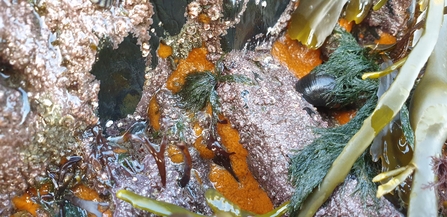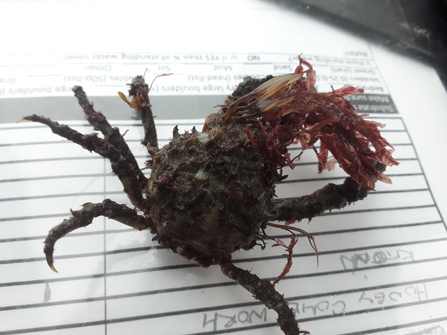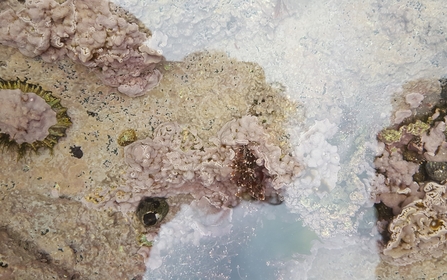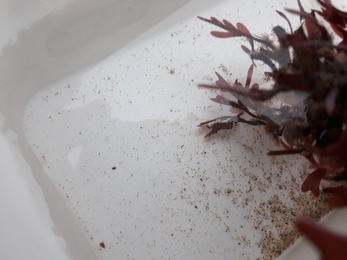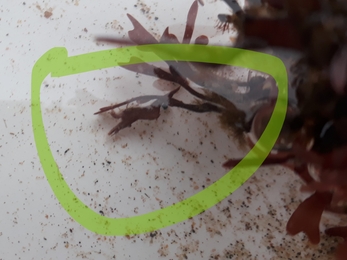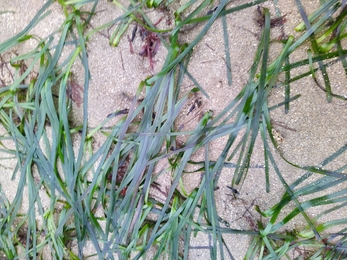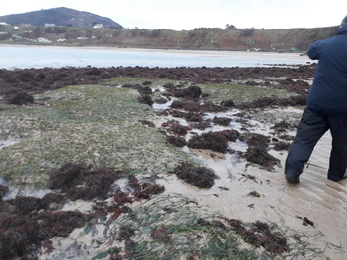The shores visited this month for the group surveys were Llanddulas (Liverpool bay SPA), Rhosneigr (Rhosneigr Reefs SSSI) and Nefyn (Porthdinllaen i Borth Pistyll SSSI). The have-a-go sessions utilised shores at Llanfairfechan, Cricieth and Trearddur Bay.
Surveys completed
Number of quadrats: 25
Time spent on species searches: Slipper limpet 20mins
Walkover area surveyed: 25m
Number of volunteers: 16 (of which new volunteers 5) and those helping at the Have-a-go sessions: 10
Attendees at have-a-go surveys: 24


